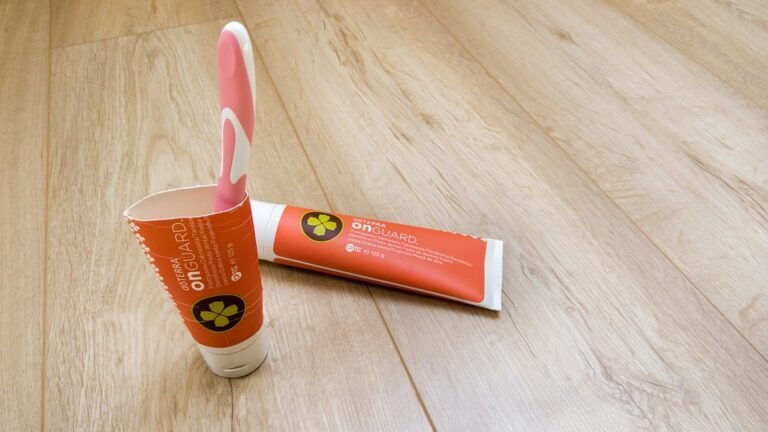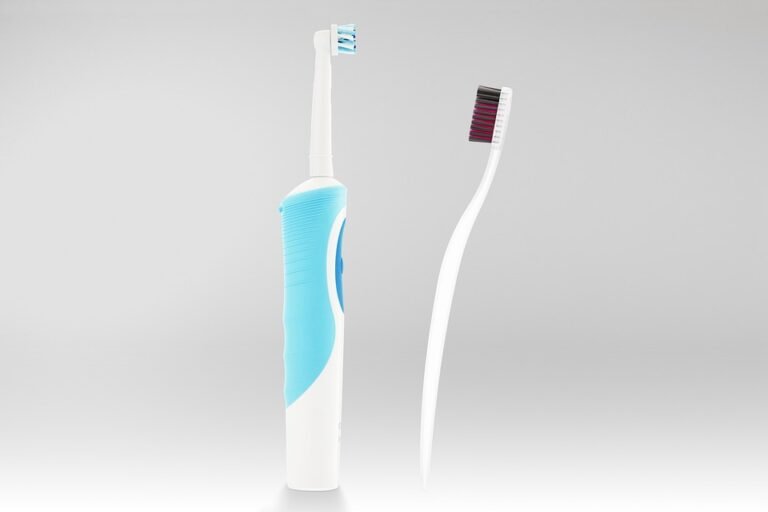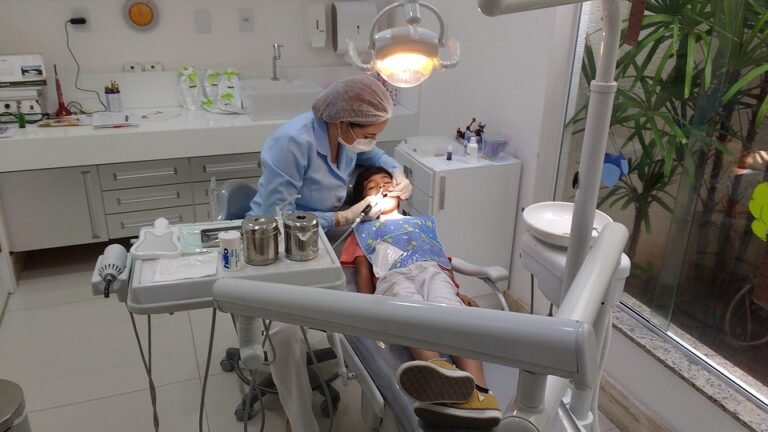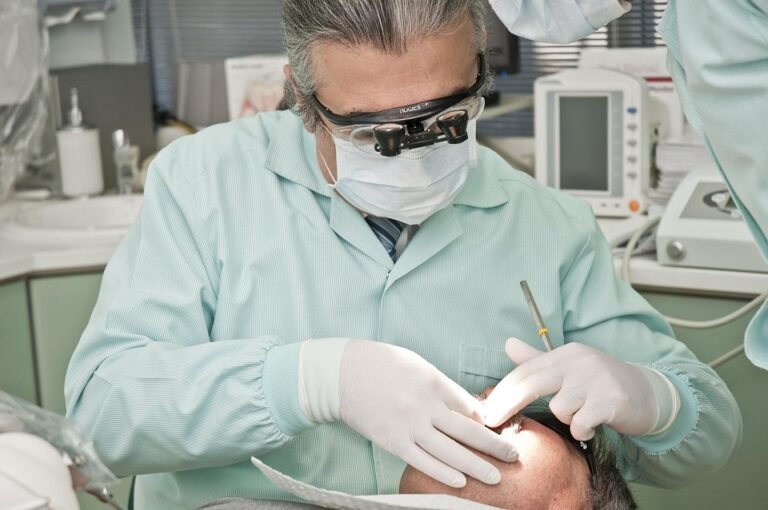How do virtual simulations prepare dental students for complex cases?
Okay, so I’m starting my third year of dental school, and we’re finally getting into more hands-on stuff. I’m excited, but also a little nervous about encountering those really challenging cases, you know? We’ve been using virtual simulations a lot in the pre-clinical labs – things like practicing fillings on simulated teeth and doing virtual root canals.
I’m wondering specifically how these simulations are actually helping us prepare for situations we’ll face with real patients. Do they really replicate the feel of actual dental work? Are they just good for basic procedures, or can they actually prepare us for complexities like anatomical variations, difficult access, or patients who might be anxious or have special needs? And how are the instructors using them to make the learning experience more effective, beyond just following a tutorial? Are there different types of simulation that are better for different things? Basically, I’m trying to understand if these virtual simulations are a genuine help in getting us ready for those complex and unpredictable situations we’ll definitely see in the clinic.
Answer
Virtual simulations play a significant role in preparing dental students for complex cases by providing a safe, controlled, and repeatable environment to develop their skills and knowledge. Here’s a detailed breakdown of how they achieve this:
Skill Development and Refinement:
-
Haptic Feedback: Advanced simulators incorporate haptic feedback technology that mimics the tactile sensations experienced during real dental procedures. This allows students to develop a feel for different dental materials, tooth structures, and the resistance encountered during cutting, probing, and filling. They learn to differentiate between enamel, dentin, and cementum, and understand the nuances of force application required for various procedures. For example, in a cavity preparation simulation, students can feel the difference between cutting through healthy tooth structure versus decayed tissue.
-
Motor Skill Development: Performing complex procedures like root canal therapy, crown preparations, or implant placement requires highly refined motor skills. Virtual simulations allow students to practice and refine these skills without the pressure of working on a live patient. They can repeatedly perform procedures, focusing on hand-eye coordination, angulation, pressure control, and precision. The simulator can track their movements and provide feedback on areas for improvement.
- Instrument Handling: Simulators replicate the feel and manipulation of various dental instruments, such as handpieces, explorers, probes, excavators, and condensers. Students learn the proper grips, fulcrums, and techniques for using each instrument effectively. They can practice transferring instruments between hands, maintaining a clear field of vision, and adapting to different anatomical conditions.
Knowledge Application and Decision-Making:
-
Anatomical Understanding: Virtual simulations provide detailed 3D representations of the oral cavity, including teeth, bone, soft tissues, and neurovascular structures. Students can explore anatomical variations and anomalies, allowing them to better understand the complexities of individual cases. They can visualize the relationship between different structures and anticipate potential challenges during procedures.
-
Treatment Planning: Some simulators allow students to practice treatment planning for complex cases. They can analyze virtual radiographs, CBCT scans, and clinical photographs to diagnose problems, develop treatment options, and sequence procedures. They can simulate different restorative materials and techniques to evaluate their effectiveness and suitability for a specific case.
- Diagnosis and Assessment: Simulators can present students with virtual patient cases that mimic real-world scenarios, including medical histories, clinical findings, and radiographic images. Students must analyze this information to diagnose the patient’s condition, identify potential risks, and formulate a treatment plan. The simulator can provide feedback on their diagnostic accuracy and decision-making process.
Exposure to Challenging Scenarios and Complications:
-
Rare and Complex Cases: Virtual simulations can expose students to a wide range of complex cases that they might not encounter frequently in a traditional clinical setting. This includes cases with significant tooth decay, advanced periodontal disease, endodontic complications, or anatomical anomalies. By practicing on these simulated cases, students gain experience in managing challenging situations and developing creative solutions.
-
Complication Management: Simulators can simulate potential complications that can arise during dental procedures, such as instrument breakage, pulpal exposure, perforation, or nerve damage. Students learn to recognize these complications early, implement appropriate management strategies, and prevent further damage. They can practice techniques for retrieving broken instruments, sealing perforations, or managing bleeding.
- Emergency Situations: Some simulators incorporate emergency scenarios, such as allergic reactions, syncope, or airway obstruction. Students learn to recognize the signs and symptoms of these emergencies and implement appropriate life-saving measures. They can practice administering medications, providing oxygen, and performing basic life support.
Standardized Assessment and Feedback:
-
Objective Evaluation: Virtual simulations allow for objective assessment of student performance based on predefined criteria, such as accuracy, efficiency, and adherence to protocols. The simulator can track various parameters, such as cutting depth, angulation, margins, and time taken to complete the procedure. This provides a standardized and reliable measure of student competence.
-
Immediate Feedback: Simulators provide immediate feedback to students on their performance, highlighting areas of strength and weakness. They can review their movements, angulation, and force application in detail, allowing them to identify and correct errors. This immediate feedback accelerates the learning process and promotes continuous improvement.
- Progress Tracking: Simulators can track student progress over time, allowing them to monitor their skill development and identify areas where they need additional practice. Instructors can also use this data to identify students who are struggling and provide them with targeted support.
Benefits and Limitations:
- Benefits: Virtual simulations offer numerous benefits for dental education, including increased access to training, reduced reliance on live patients for initial skill development, enhanced standardization of training, and improved patient safety.
- Limitations: While virtual simulations are a valuable tool, they cannot completely replace the experience of working on live patients. The feel of real tissues, the unpredictability of patient behavior, and the emotional aspects of patient care cannot be fully replicated in a virtual environment. Therefore, virtual simulations should be used as a complement to traditional clinical training, not as a replacement.
In summary, virtual simulations offer a comprehensive and effective way to prepare dental students for complex cases by providing a safe, controlled, and repeatable environment to develop their skills, knowledge, and decision-making abilities. They allow students to practice a wide range of procedures, manage potential complications, and receive immediate feedback on their performance, ultimately leading to improved competence and confidence in clinical practice.




